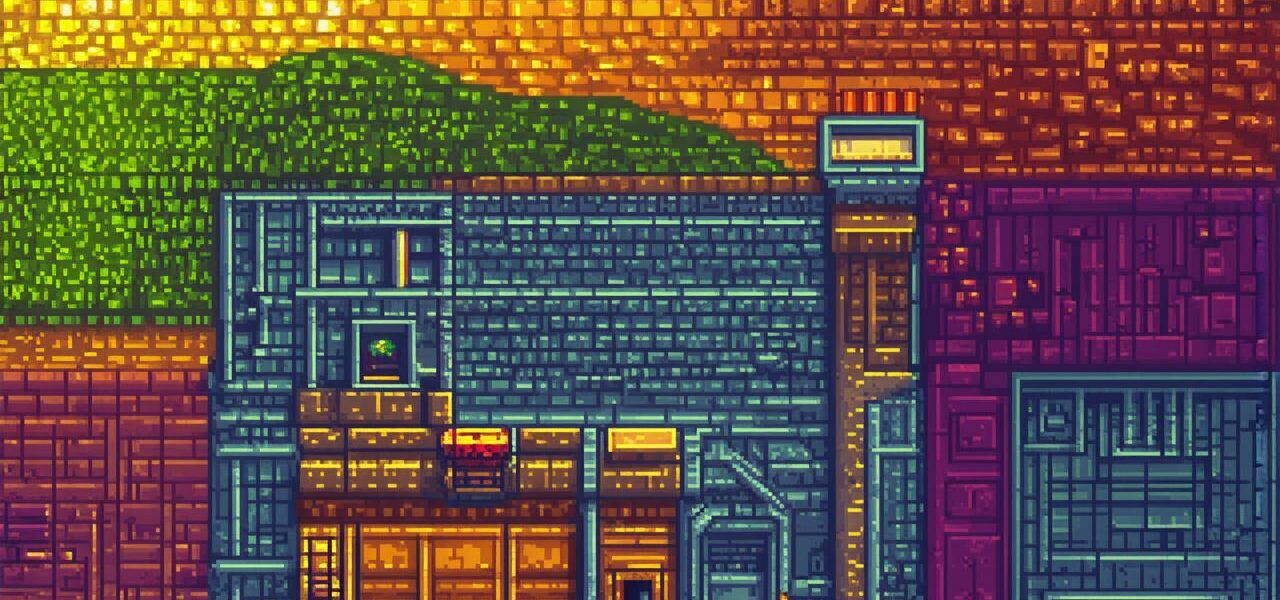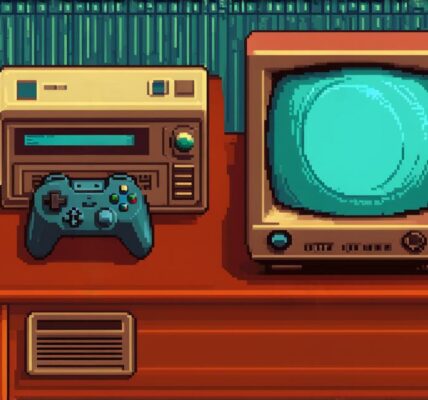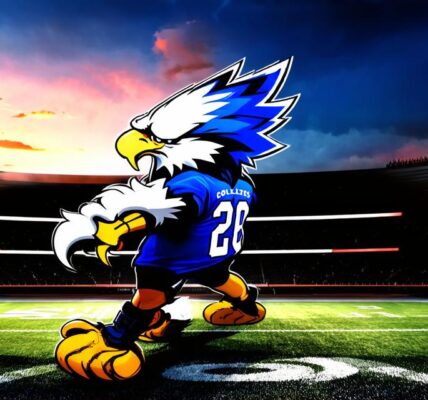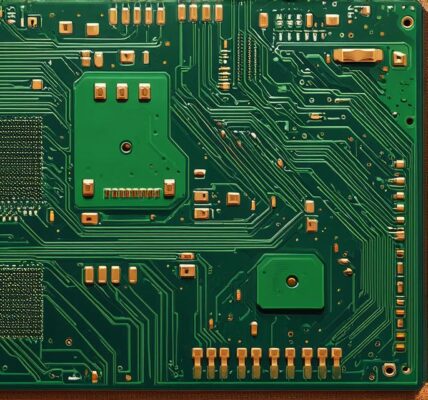Creating Video Game Art: Techniques and Tools for Engaging Gameplay
Video game art is a crucial aspect of creating an engaging and immersive gaming experience. From characters to environments, every element of the game’s visual design contributes to its overall aesthetic and atmosphere. In this article, we will explore various techniques and tools used in creating video game art, including 2D and 3D modeling, texturing, lighting, and animation.
1. Understanding the Concept: The Importance of Pre-Development Art
Before you begin creating actual art for your game, it’s crucial to have a clear understanding of the overall concept and style. This includes sketching out initial ideas, creating storyboards, and developing wireframes that outline the game’s layout and basic functionality. By doing so, you can ensure that your art aligns with the game’s narrative and design goals.
1. Selecting the Right Tools: Choosing the Best Software for Your Needs
There are countless tools available for creating video game art, each with its own unique strengths and weaknesses. Here are some of the most popular software options:
- Adobe Photoshop: This powerful 2D graphics editor is widely used for texturing, painting, and compositing images.
- Blender: A free and open-source 3D modeling software that offers a wide range of features, including sculpting, rigging, and animation.
- Maya: A professional-grade 3D modeling software that is widely used in the gaming industry for creating detailed characters and environments.
- ZBrush: A digital sculpting tool used for creating intricate details and textures on 3D models.
Ultimately, the best tool for you will depend on your skill level, experience, and the specific needs of your project. It’s always a good idea to try out several different software options before committing to one.
1. Creating Assets: Designing Artwork that Enhances the Gameplay Experience
Once you have selected the right tools and established a clear concept for your game, it’s time to start creating assets. These can include characters, environments, objects, and other visual elements that contribute to the overall gameplay experience.
When designing assets, it’s important to keep in mind the following principles:
- Consistency: Ensure that all assets are designed with a consistent style and aesthetic throughout the game. This will help maintain a cohesive look and feel.
- Functionality: Make sure your assets are optimized for their intended purpose, whether it be movement, combat, or interacting with objects in the environment.
- Detail: Pay close attention to the details of each asset, including textures, lighting, and shading. These small details can make a significant difference in how players perceive your game.

1. Texturing: Bringing Your Assets to Life with Realistic Surfaces
Texturing is the process of applying realistic surfaces and materials to 3D models, giving them depth and visual appeal. There are several different techniques used in texturing, including:
- Smooth mapping: This technique involves applying a flat texture to a model, with the texture stretching and distorting to fit the surface of the model. It’s a simple and effective method for adding basic textures to your assets.
- Normal mapping: Normal mapping is used to create realistic lighting effects by simulating the way light interacts with different surfaces. This can be especially useful for creating intricate details on characters and objects.
- Specular mapping: Specular mapping is a technique that adds glossy or shiny areas to your models, making them appear more lifelike.
1. Lighting: Setting the Scene with Realistic Light Sources
Lighting is an essential aspect of creating realistic and engaging environments in video games. Here are some tips for setting up effective lighting in your game:
- Use natural light: When possible, incorporate natural light sources into your scenes, such as sunlight or moonlight. This can create a more immersive and believable environment.
- Experiment with shadows: Shadows can add depth and interest to your environments, but be careful not to overdo it. Too many shadows can make the scene appear dark and uninviting.
- Use dynamic lighting: Dynamic lighting allows you to change the intensity and color of light sources in real-time, creating a more dynamic and engaging experience for players.
1. Animation: Bringing Your Assets to Life with Movement
Animation is the process of creating motion in your game’s assets. This can include character movement, object animations, and environmental effects like weather or particle effects. Here are some tips for creating effective animation in your game:
- Keep it simple: While complex animations can be visually impressive, they can also be difficult to implement and may negatively impact the performance of your game. Stick to simple, smooth movements that make sense within the context of your game.
- Use keyframes: Keyframes are points in time where the position, rotation, or scale of an object changes. By defining keyframes for your animation, you can create a more natural and fluid movement for your assets.
- Test and refine: Animation is an iterative process, so be sure to test and refine your animations as needed. You may need to make adjustments to the timing or movement of your assets in order to achieve the desired effect.
1. Sound Design: Enhancing the Gameplay Experience with Audio Elements
Sound design is an often-overlooked aspect of game development, but it can have a significant impact on the overall gameplay experience. Here are some tips for incorporating sound into your game:
- Match sound effects to actions: Make sure that the sound effects you use are tied to specific actions or events in the game. For example, a sword swing should be accompanied by a corresponding sound effect.
- Use dynamic music: Dynamic music can change based on the player’s actions or the current state of the game. This can create a more immersive and engaging experience for players.
- Don’t overdo it: While audio can add depth and interest to your game, too much sound can be overwhelming and detract from the overall experience. Be careful not to overuse sound effects or music.
1. Collaboration: Working with Other Creatives to Bring Your Vision to Life
Creating a video game is a collaborative effort that requires input from a variety of different creatives, including artists, writers, programmers, and designers. Here are some tips for working effectively with other members of your team:
- Clear communication: Effective communication is key to successful collaboration. Be sure to clearly convey your ideas and expectations, and listen actively to the input of others.
- Define roles and responsibilities: Each member of your team should have a clear understanding of their role and responsibilities in the project. This will help ensure that everyone is working towards the same goals.
- Regular check-ins: Regular check-ins with your team members can help keep everyone on track and ensure that any issues or concerns are addressed promptly.
1. Iteration: Refining Your Game through Testing and Feedback
Game development is an iterative process that involves constant testing, refinement, and feedback. Here are some tips for incorporating iteration into your game development process:
- Test early and often: Test your game as soon as possible, and continue to test throughout the development process. This will help you identify and fix issues before they become major problems.
- Solicit feedback: Feedback from players and other team members can be invaluable in refining your game. Be sure to solicit feedback regularly and incorporate it into your design process.
- Iterate and improve: As you receive feedback and identify areas for improvement, make changes to your game and continue to test and iterate until you achieve the desired result.
By following these guidelines and techniques, you can create engaging video game art that enhances the overall gaming experience and keeps players coming back for more.




